Peer-to-peer, engineer-to-engineer questions and answers from the EDABoard.com engineering community around power electronics. Click the “Read more” link and follow the entire conversation and maybe add your two cents by logging in to EDAboard.com
Current-mode boost converter UC3845 – I designed this circuit to boost voltage from 15v to 36v
In no-load condition, everything is ok, and the output voltage is 36v, but when I put 7-ohm load in output voltage drop to about 15.5 volt and current about 2.5 amp. Read more
Regulating temperature of mains connected heating element – We have an electric heating element connected to the mains. We wish to regulate the temperature by skipping half mains cycles, as in the attached waveform (LTspice sim also attached). The power factor is great because the mains current and voltage are always in phase. But is there any problem caused in the mains electricity system by this ON/OFF type waveform? Read more
Scoping the post rectifier DC bus – I was scoping the Primary, Post rectifier DC Bus in a 100W, 240VAC, offline PFC’d flyback to see what the voltage ripple was like on this rail. As you can see, at the mains peak, there is a lot of noise at the peak of the waveform that makes the measurement impossible.
Issue with relay and snubber – This is the snubber circuit that I used to run a 230VAC induction motor. Input 230VAC is given to RL1-3 (COMMON point of RELAY). But when we check the voltage in RL1-2(NO in Relay), Input voltage appears at this point also, even the relay in OFF condition. Read more
UC384x PWM DC-DC converter not regulating – The input to the circuit is Vin = 9vdc. The output of the converter is 48vdc, but the regulator trimmer is not working. Connecting the trimmer with the Vfeb pin#2 of the oscillator stops the oscillator with no output voltage. Disconnecting the trimmer oscillator starts with Vout = 48vdc. I use a jumper instead of the current sense resistor with resistance less than 0.06ohm. As indicated by the arrow in the PCB layout. is it the problem with the jumper at the source of the MOSFET? Read more
Mains harmonic emissions for dimmable offline LED drivers – down to 25W output. (eg, a Boost PFC followed by a 2 transistor forward converter). However, it’s far more challenging to make it able to pass mains harmonic emissions at 235W, and also at 25W. This is because the EMC filter necessary to make it pass conducted emissions at 235 W, will generally mean that the mains harmonics at 25W are not a pass. (the input stage filter capacitors will generally be too big to allow a mains harmonic pass at 25W). Would you agree with this? Read more
Flyback controller explained – I’m working on flyback converter LTC3805 and I have a situation when sometimes (one in ten cases) I get overcurrent protection triggered and “hiccup” mode starting. There is no short-circuit when I replace the controller with the circuit works fine. When I look at the primary current at the oscilloscope, I see every TSS time (200ms) sequence of climb current until reach OC protection. Read more
Reason for 50 Hz AC – How did engineers decide to use AC electricity of 50 Hz frequency for homes? Why not any other value? What if we change frequency to some other value say 75 Hz or 100 Hz? Will it have any side effects? Read more
Reverse recovery losses in synchronous rectifier – I’m struggling with a tedious question about recovery losses associated with the body diode of the freewheeling switch. During the dead time, the body diode of the freewheeling switch is ignited. What happens when the freewheeling MOSFET (low side device) is then gated? Current is transferred from body diode to MOSFET, but what about reverse recovery? Read more
AC induction motor constant speed control – I want to run the AC induction motor at a constant speed with LOAD also without Load. So I am controlling motor speed by TRIAC. I can control the motor speed, but my problem is I don’t have tachometer in my circuit. Read more


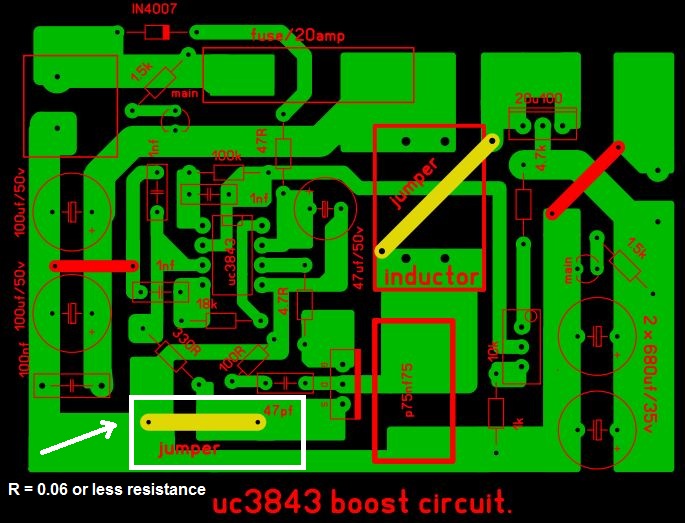
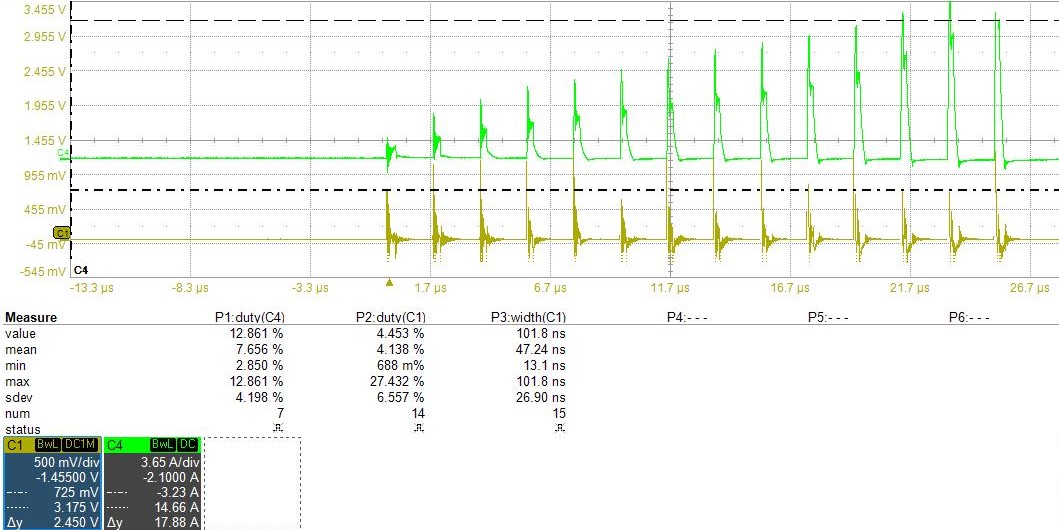
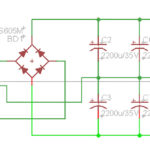
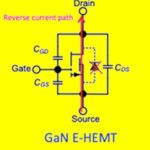
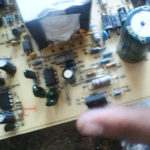
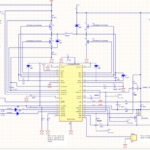
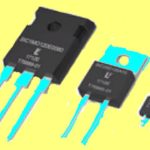

Leave a Reply